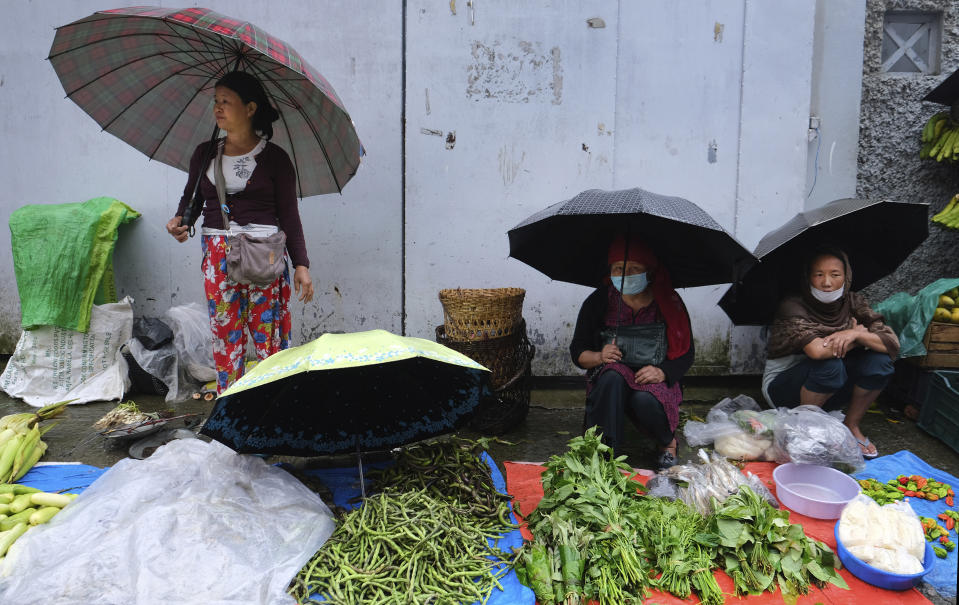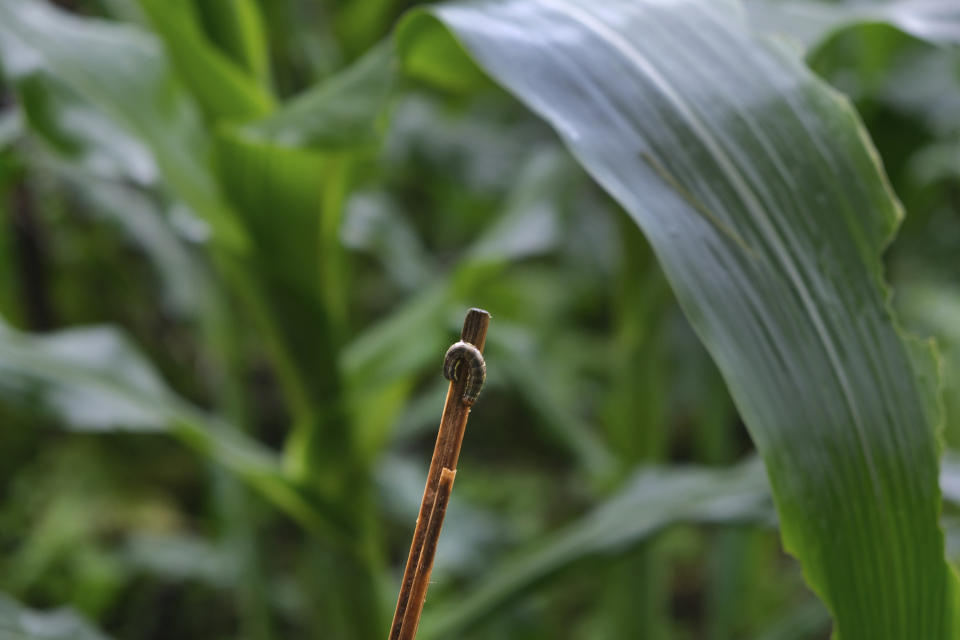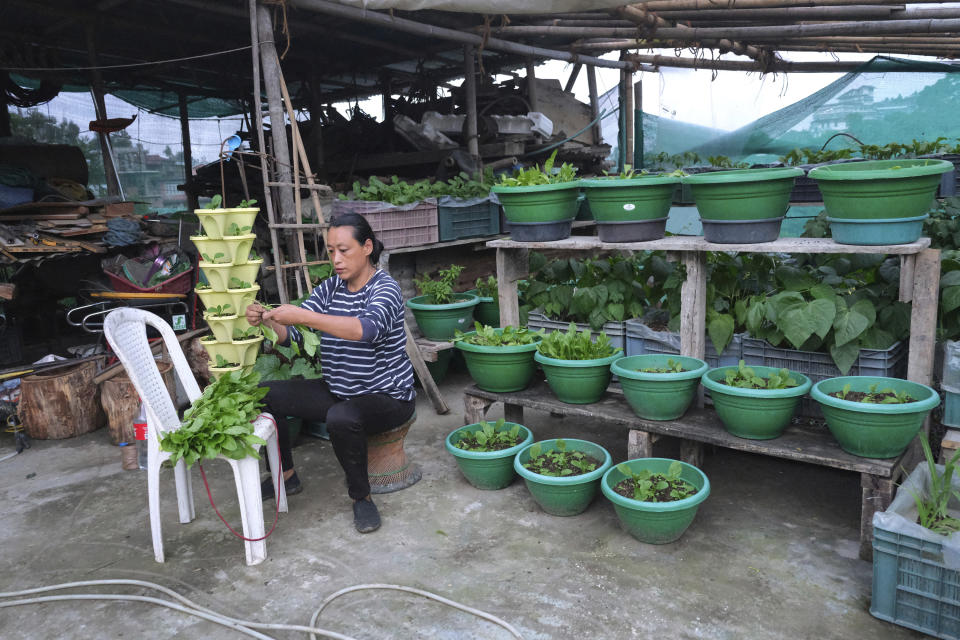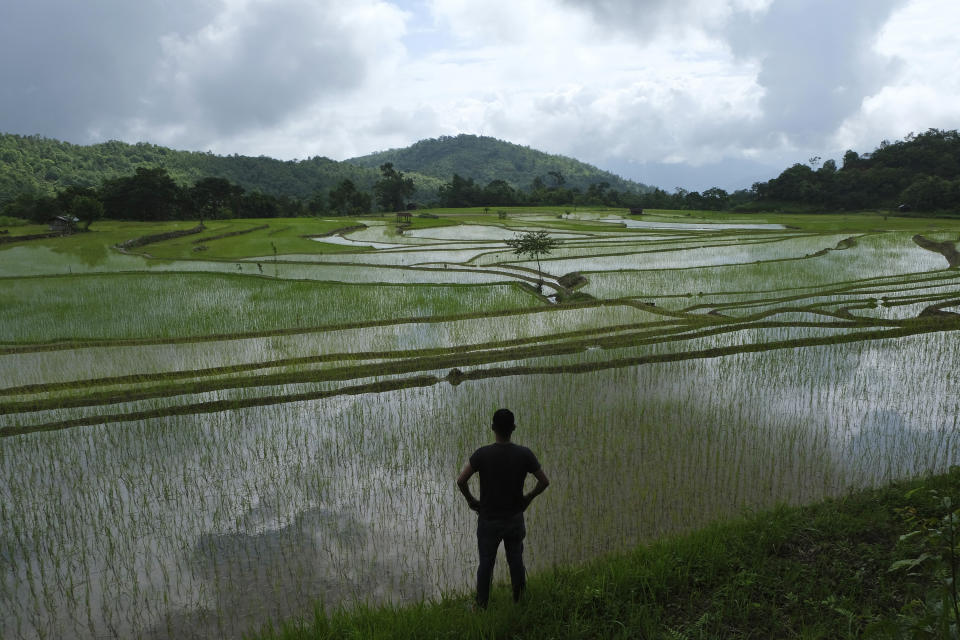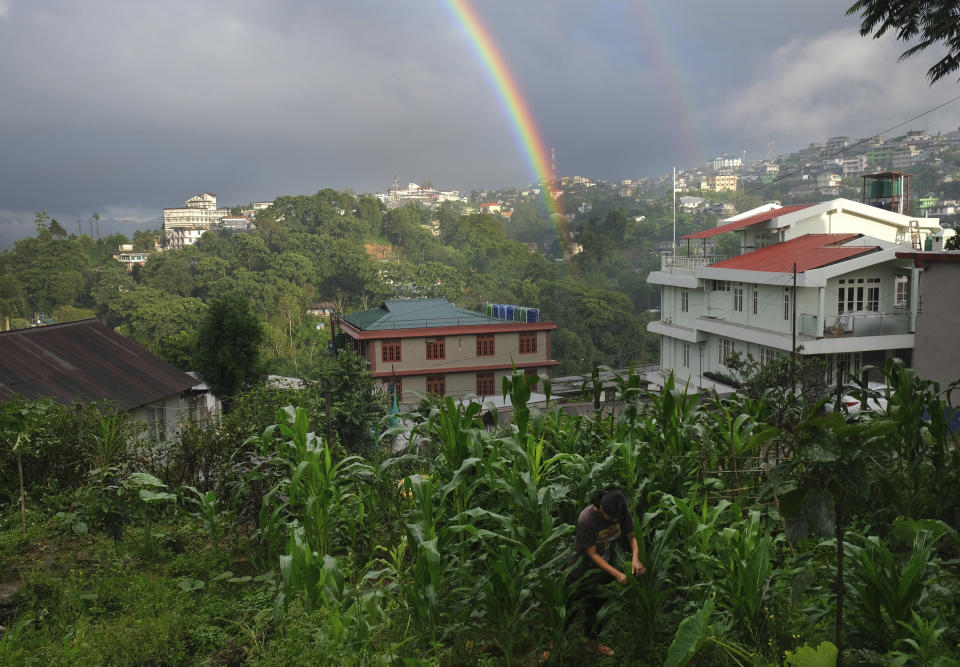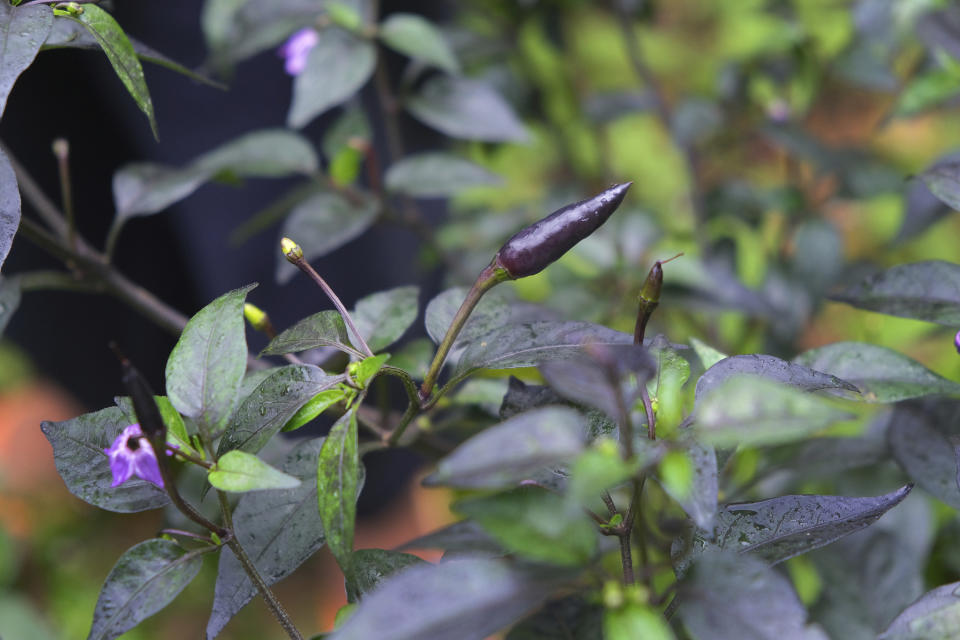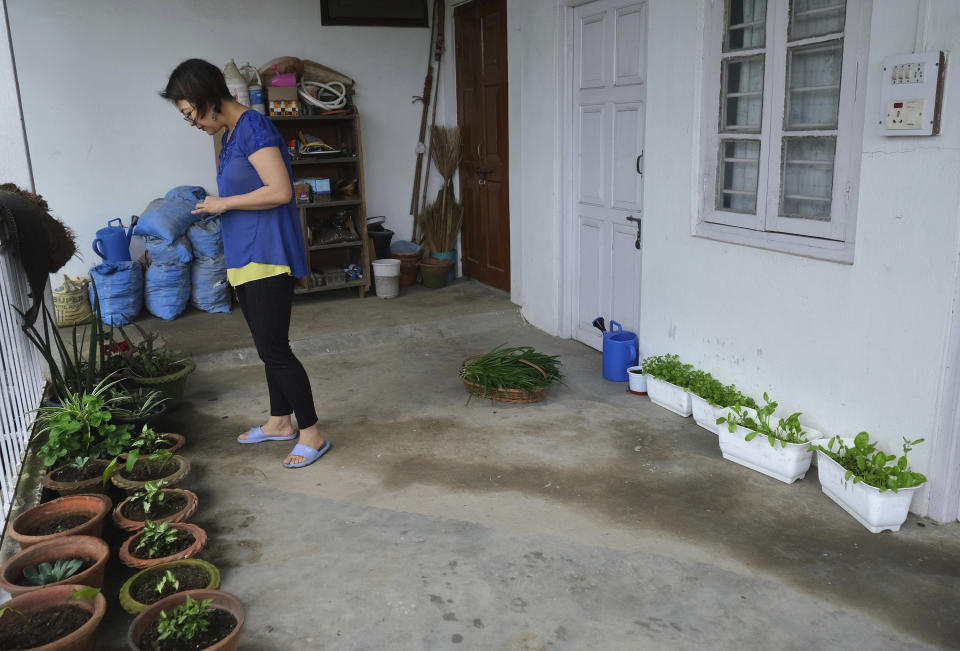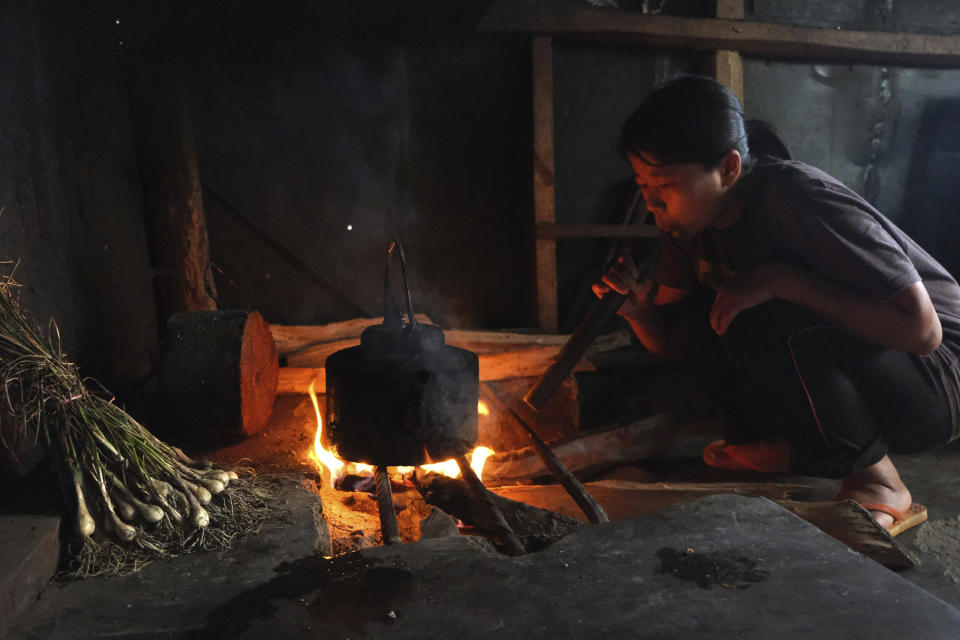AP PHOTOS: India's lockdown spurs new gardeners in Nagaland
KOHIMA, India (AP) — Two healthy pots of coriander and two of spinach are enough to provide a sense of achievement for Theyiesinuo Keditsu, a young English professor and mother of four.
Keditsu, who claims she has the “thumb of death,” planted the seeds and was amazed at how they grew.
The indigenous Naga people in India’s northeast, once virtually cut off from the rest of the country because of an insurgent movement seeking independence, were reminded of their vulnerabilities during coronavirus lockdown.
“It scared the hell out of me, the idea that I may not have veggies to feed my kids,” Keditsu, 39, said.
Nagas are traditional farmers. But as concrete covers land that was once tilled, lifestyles have changed.
Kohima, the semi-urban capital of the northeastern state of Nagaland, relies on satellite villages for green vegetables. But supply lines were cut during India’s 10-week nationwide lockdown that eased in early June, inspiring residents to grow their own.
Achano Yhome has always loved gardening, a lot of it dedicated to flowers. During lockdown, her attention turned solely to vegetables, and she and her husband built a greenhouse with plastic sheets and bamboo where she now spends much of her time.
Reflecting a tradition of foraging the forests for nutrition during past days of conflict, several villages organized residents to collect vegetables in the wild. They distributed what they gathered for free in big towns with dwindling supplies.
Neichutuonuo Yhome, 23, started a vegetable garden with her two younger sisters in the early stages of lockdown. Their patchwork garden now has half a dozen varieties, including bean vines crawling up a bamboo trellis.
The region is receiving its annual rainfall and the hills are green with recently sown paddy saplings. In the marketplace, women sit under umbrellas with fresh vegetables plucked from their gardens or procured from nearby villages.
After the downpour, as Neichutuonuo tended her garden, a rainbow built an arch across the sky — a symbol of hope to the Nagas.


